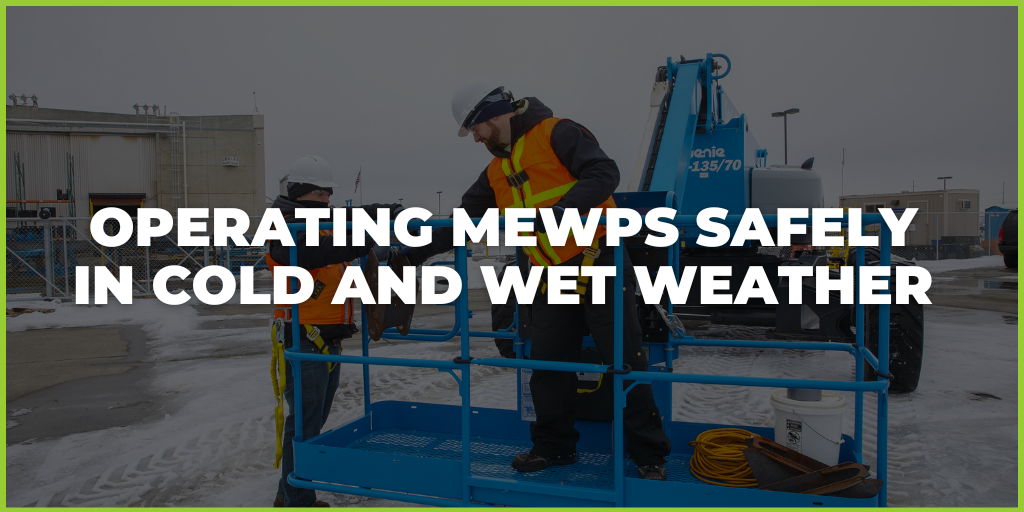In the past, working at height was considered a risk that was simply part of the job. Today the innovation of technology and the emergence of a number of regulatory bodies have made it possible to reduce the risk of falls from height greatly.
According to the HSE[1] “work at height means work in any place where, if there were no precautions in place, a person could fall a distance liable to cause personal injury.”
The Statistics
When one might think that most companies have taken measures against potential working at height casualties, the number of accidents and fatalities due to falls is still very high.
According to the Health and Safety Executive’s (HSE) statistics[2], falls from height during 2013/2014 were the most common single cause of fatalities, accounting for 29% of all fatal occupational injuries.
When it comes to the food and drink industries falls from height are the third highest cause of fatal injuries, comprising 20% of fatal accidents. Each year these accidents result in around 80 major injuries; more than 230 over-3-day absence injuries; and can result in serious or fatal injury even when the fall is less than 2m.[3]

The Law
More than a decade ago the HSE released the official Work at Height Regulations (2005) that defined the law for working at height. The document was published in order to prevent unnecessary deaths and injuries and provide help and information on what you as an employer could do to reduce them to a minimum.
The accountability of employers for any accidents is now taken more seriously than ever. On the 1st of February this year the Sentencing Council will implement new guidelines for health and safety and corporate manslaughter offences in England and Wales. These amended guidelines have been stirring controversy in the corporate world and will affect companies significantly.
The new guidelines will extend to cover all health and safety offences, where current guidelines cover only fatalities, and could raise the cost of penalties up to 10 or 15 times higher, depending on how big your company is.[4]
Where could the risks of working at height appear in your business?
- manufacturing and processing operations;
- cleaning and hygiene activities;
- maintenance and engineering work;
- on vehicles and loading bays;
- ancillary activities in stores, workshops and service areas.
What are the costs?
Slips, trips and falls cause an estimated 1.5 million days lost each year, which costs the UK roughly £512 million in lost production and other costs.[5] The top three industries affected are the Construction Industry, the Agricultural, Forestry and Fishing Industry and Manufacturing.
If you are wondering where to find those hidden costs in your business, you could start by looking in the following places:
- equipment or process damage / downtime;
- loss of production;
- absence of key workers due to injury or ill health;
- additional training costs;
- additional overtime;
- loss of reputation;
- management time and resources for investigation of accidents and incidents;
- increased employers’ liability insurance costs
So, how can you mitigate the risks of working at height?
There are a number of ways to help prevent these accidents from happening and save your company money at the same time.
The first thing is to assess whether working at height is actually necessary and whether it could be prevented. By law you are obliged to avoid working at height where possible. If that is not the case, you will need to ensure safe access is provided where access is needed on a regular basis.
There is plenty of equipment available out there that can be used in place of more traditional methods such as ladders and secure a safe working environment.
The HSE has an excellent starting-point tool the “Work at Height Access Equipment Information Toolkit” (WAIT) that can help you find all the right information on how you can improve the safety of your employees and what kind of equipment to invest in.
 [6]
[6]
Positive action is not needed, it’s necessary!
HSE’s research shows that by taking positive steps you could prevent injury in 70% of incidents.[6] You will be able to reduce costs and improve efficiency, productivity and profit.
There is plenty of information out there that can help you gain a better understanding of the risks of working at height. As health and safety experts, we decided to put together a useful pack of further reading for you.
References:
[1] HSE, Working at Height: A brief guide, http://www.hse.gov.uk/pubns/indg401.pdf
[2] Slips, trips and falls from height in Great Britain, 2014, HSE. http://www.hse.gov.uk/statistics/causinj/slips-trips-and-falls.pdf
[3] http://www.hse.gov.uk/work-at-height/the-law.htm
[4] Health + Safety at Work Magazine, January 2016, p.15
[5] The RoSPA Occupational Safety & Health Journal, June 2015, Nick Cook, p.21, ISSN 1474 7952
[6] 'A recipe for safety: Health and safety in food and drink manufacture', 2015, HSE, ISBN978 0 7176 6646 1




